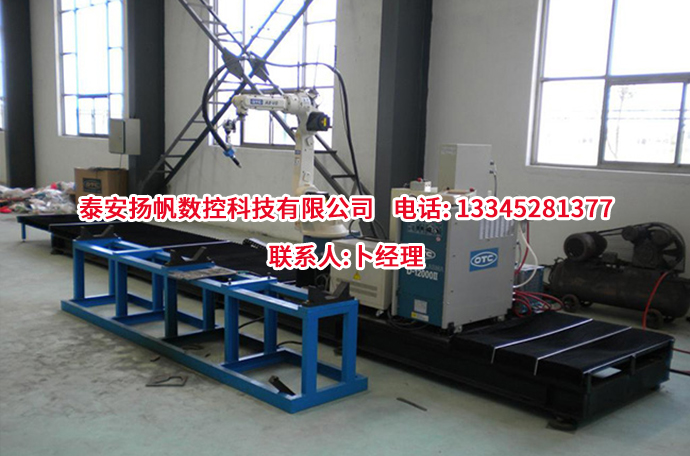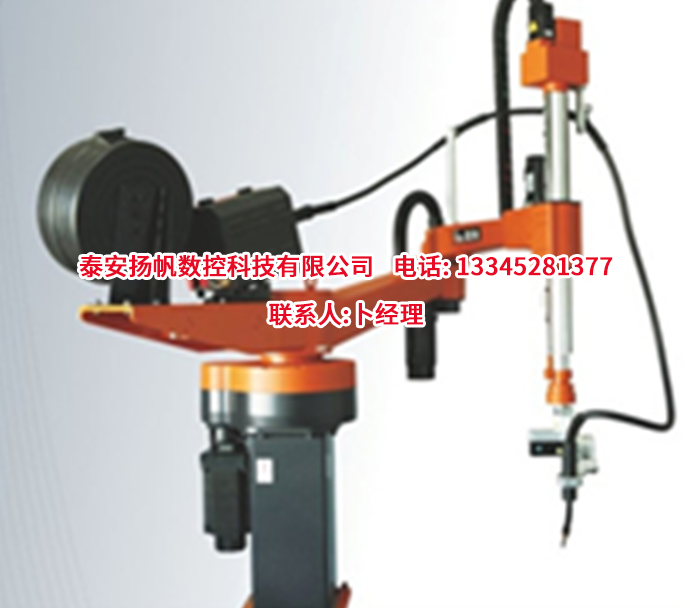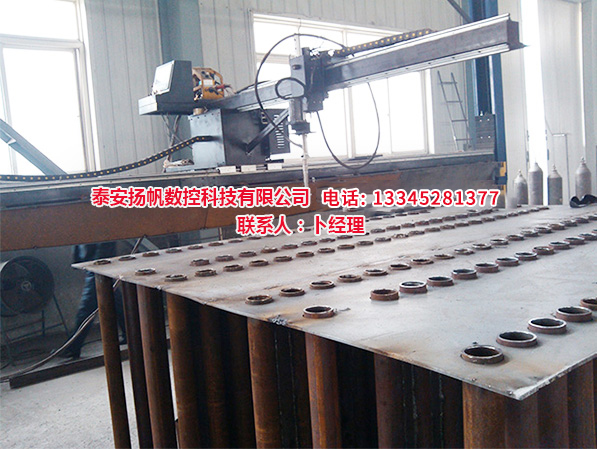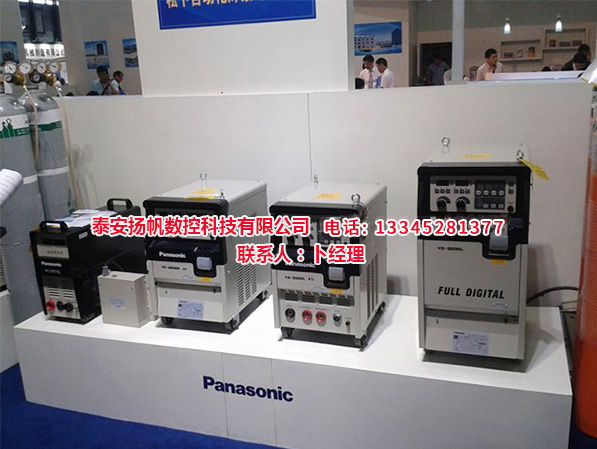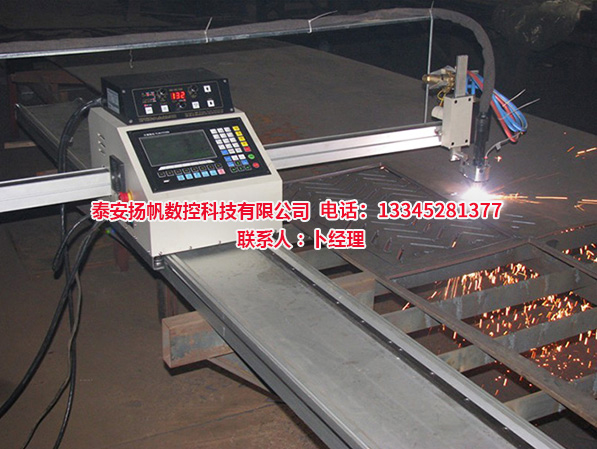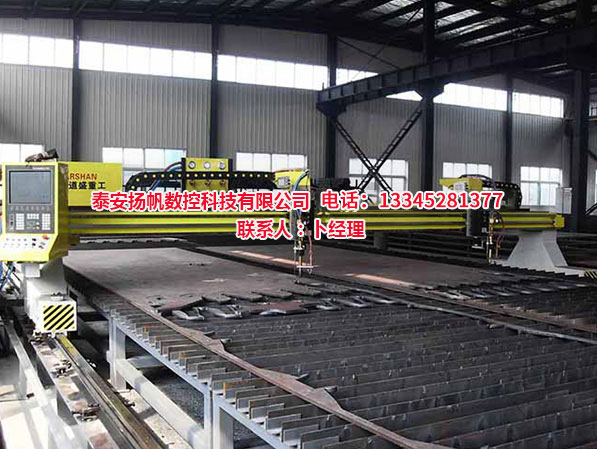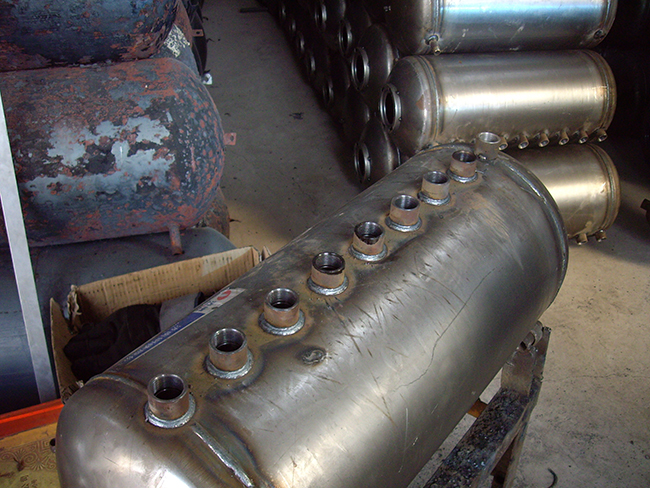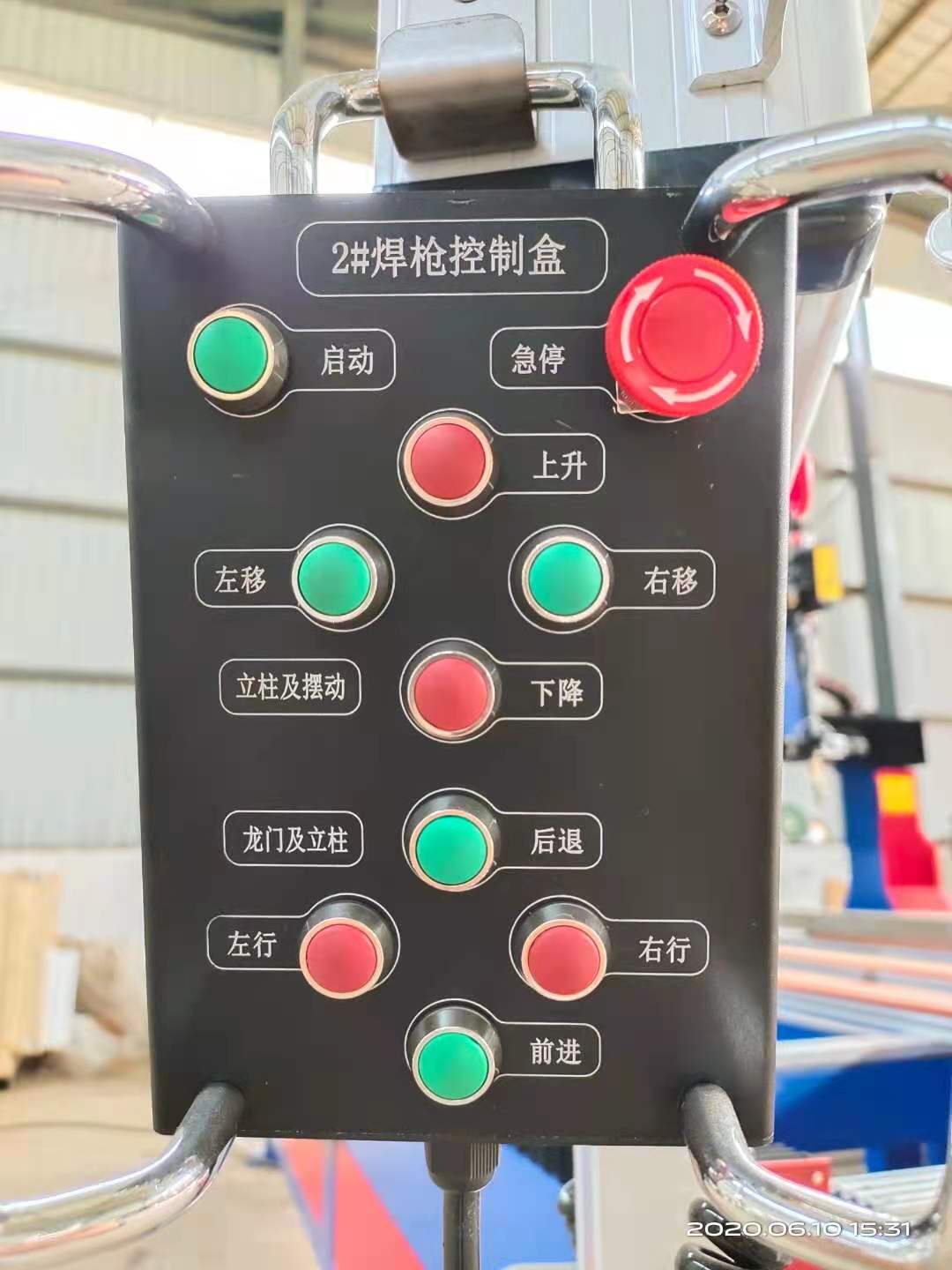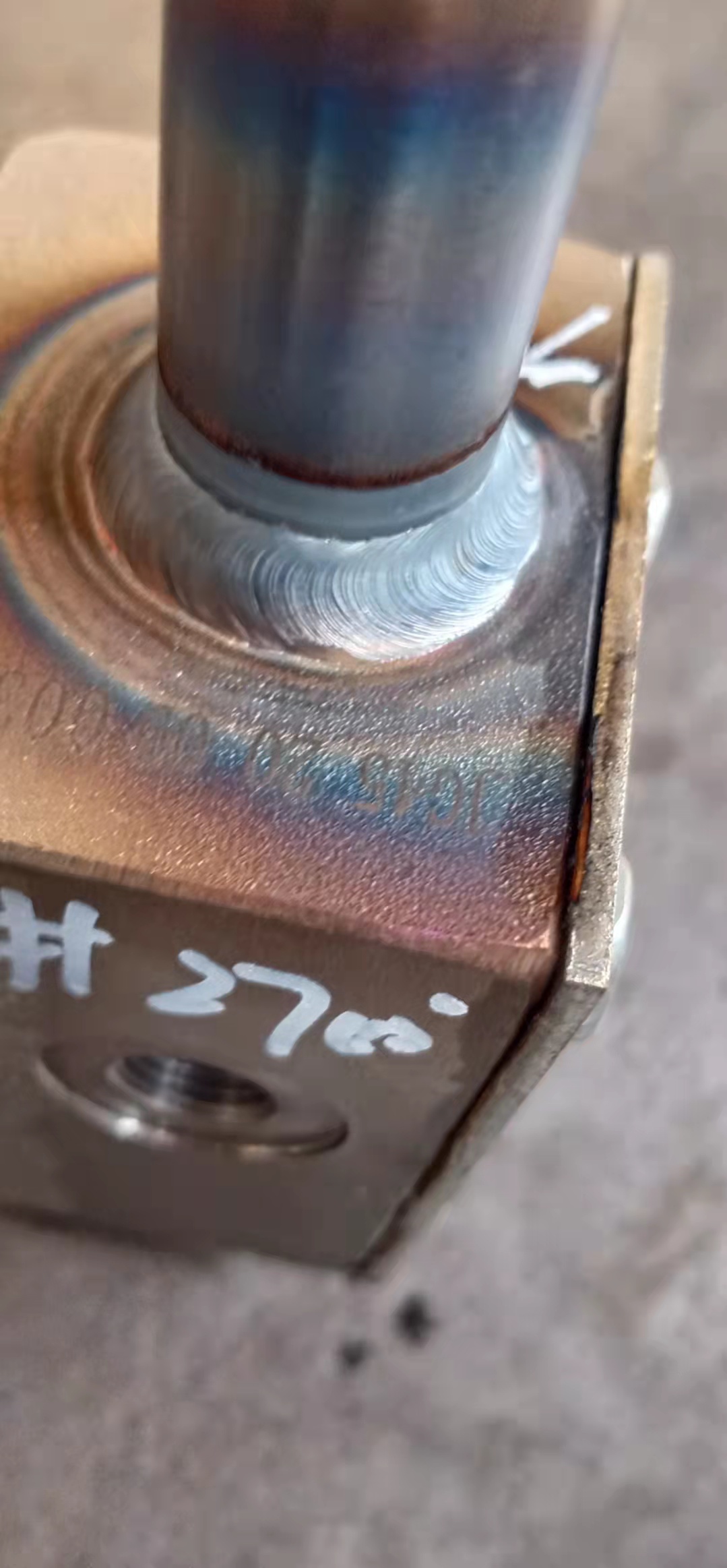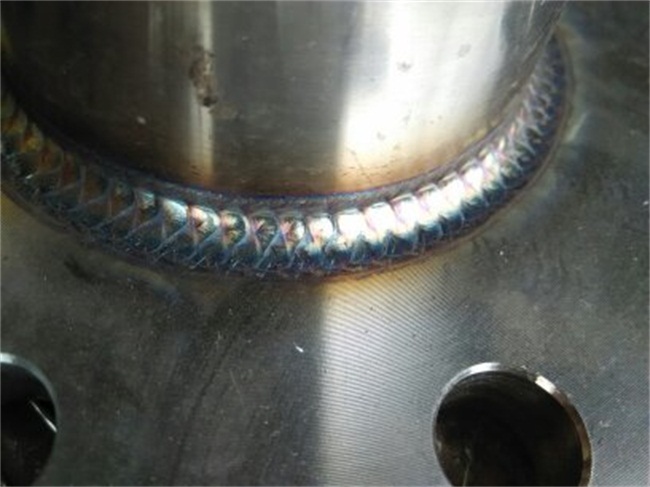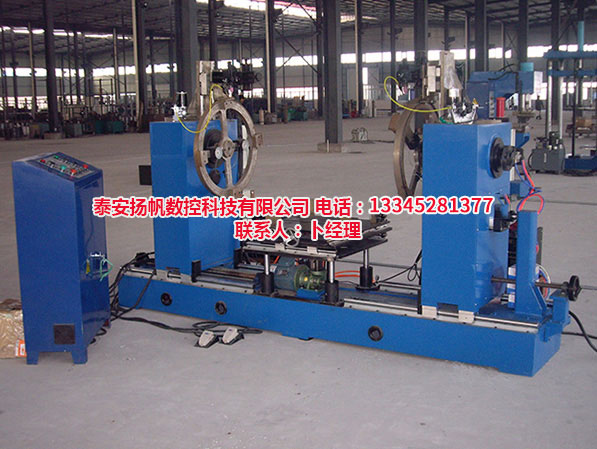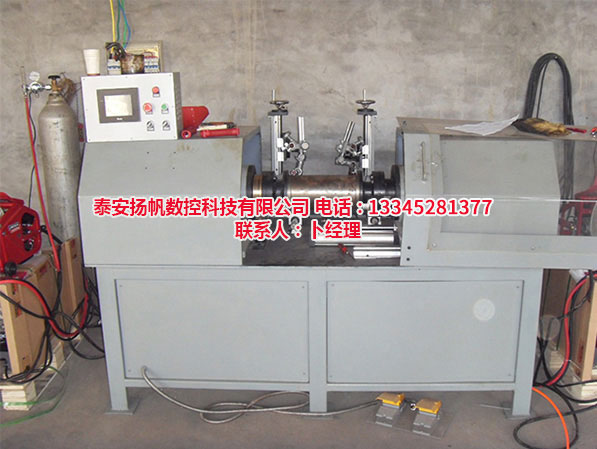力输送工程系统的设计步骤可以分为哪几部?
来源:http://www.tayfsk.com/ 发布时间:2021-12-21 浏览次数:0
术变得越来越精湛,由于其、维护简单等优点,在水泥行业的应用越来越多。
The technology has become more and more exquisite. Due to its advantages of environmental protection and simple maintenance, it is applied more and more in the cement industry.
气力输送工程系统是现代工厂输送散装物料的常用方式。在设计气力输送工程系统之前,制造商需要客户提供具体的要求,如系统布局方案、气力输送工程系统的输送能力等。除此之外,还需要了解被输送物料的特性、工艺特点等具体特征,然后才能有针对性地设计和发布气力输送系统,并根据系统为客户提供气力输送系统的报价。
Pneumatic conveying engineering system is a common way of conveying bulk materials in modern factories. Before designing the pneumatic conveying engineering system, the manufacturer needs the customer to provide specific requirements, such as system layout scheme, conveying capacity of pneumatic conveying engineering system, etc. In addition, it is also necessary to understand the specific characteristics such as the characteristics and process characteristics of the transported materials, so as to design and release the pneumatic conveying system, and provide customers with the quotation of the pneumatic conveying system according to the system.
一般来说,气力输送工程系统的设计步骤可以分为以下几点,这些都会影响气力输送系统的:
Generally speaking, the design steps of pneumatic conveying engineering system can be divided into the following points, which will affect the price of pneumatic conveying system:
1.气力输送工程管道可纵横布置,布局灵活。根据工艺要求和工厂现场条件,合理的管道布置可以保证系统经济实用无浪费;
1. Pipelines of pneumatic conveying engineering can be arranged vertically and horizontally with flexible layout. According to the process requirements and plant site conditions, reasonable pipeline layout can ensure that the system is economical and practical without waste;
2.气力输送工程系统可分为正压密相气力输送工程、正压稀相气力输送工程、负压真空气力输送工程等。不同类型的气力输送工程系统适用于不同的输送物料和输送条件;3.根据管道布置方案、输送物料的特性、气力输送系统的类型、客户的具体生产要求等因素,综合确定气力输送系统的气流速度、悬浮速度、输送浓度等因素;
2. Pneumatic conveying engineering system can be divided into positive pressure dense phase pneumatic conveying engineering, positive pressure dilute phase pneumatic conveying engineering, negative pressure vacuum pneumatic conveying engineering, etc. Different types of pneumatic conveying engineering systems are suitable for different conveying materials and conditions; 3. Comprehensively determine the air flow velocity, suspension velocity, conveying concentration and other factors of the pneumatic conveying system according to the pipeline layout scheme, the characteristics of conveying materials, the type of pneumatic conveying system, the specific production requirements of customers and other factors;
4.根据确定的气力输送系统的生产能力、气流速度和浓度等因素,计算生产输送所需的空气流量,从而确定输送管道的直径,保证输送顺畅;
4. Calculate the air flow required for production and transportation according to the determined production capacity, air flow speed, concentration and other factors of the pneumatic conveying system, so as to determine the diameter of the conveying pipeline and ensure smooth transportation;
5.根据确定的数据,计算主要部件的结构和尺寸,选择合适的部件和设备;
5. Calculate the structure and size of main components according to the determined data, and select components and equipment of appropriate brand;
6.总体设计完成后,气力输送的设计人员对总体设计进行评审,计算系统各组成部分的数据,包括管道压力损失、系统压力损失等数据,确定气源设备所需功率;
6. After the overall design is completed, the designer of pneumatic conveying shall review the overall design, calculate the data of each component of the system, including pipeline pressure loss, system pressure loss and other data, and determine the power required by the gas source equipment;
7.根据计算数据,选择合适的气源设备,配置驱动装置。
7. Select the appropriate air source equipment and configure the driving device according to the calculation data.
基于以上设计步骤可知,气力输送工程系统厂家在设计气力输送系统时会综合考虑客户的具体情况,因此气力输送系统的波动较大,会影响不同设备的选型、设计的合理性、系统的生产效率等方面,导致生产过程中产生不同的效益。
Based on the above design steps, it can be seen that the manufacturer of pneumatic conveying engineering system will comprehensively consider the specific situation of customers when designing the pneumatic conveying system. Therefore, the price fluctuation of pneumatic conveying system is large, which will affect the selection of equipment of different brands, the rationality of design and the production efficiency of the system, resulting in different benefits in the production process.
上一篇:自动焊机的常见故障都有哪些?
下一篇:中冷器焊接专机的优点和应用



